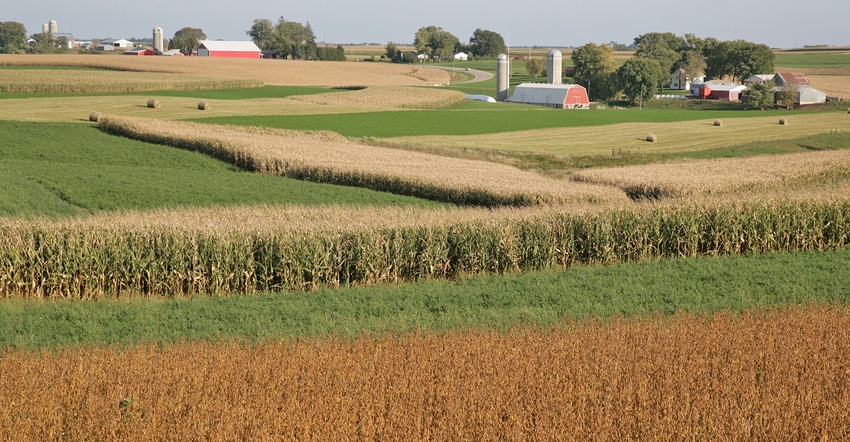November 5, 2018

When I became editor of The Farmer in 2004, I inherited a couple of long-held practices — one of which is the magazine’s sponsorship of the Minnesota Association of Soil and Water Conservation Districts’ annual conservation awards.
Since the 1970s, The Farmer has helped recognize farmers and organizations that have been nominated by local SWCDs for regional and state conservation awards. A special luncheon awards program is held each December at MASWCD’s annual meeting, where some 60-plus county SWCD nominees are recognized. From those nominated, eight outstanding conservationists are chosen in each MASWCD region. Then, from those eight, an outstanding conservationist is chosen as the state winner.
Just doing some simple math tells us that more than 2,700 landowners over the years have been recognized for their conservation efforts by MASWCD and the magazine.
It is no wonder that when preliminary buffer compliance numbers were released in March 2017 by the Board of Water and Soil Resources, 74% of Minnesota’s counties were already 60% to 100% compliant with the state’s water quality buffer law. Last August, BWSR reported that the state is at 99% compliance on public waters statewide. Overall compliance is at 95% on all water bodies.
Looking ahead
The MASWCD awards event is an annual highlight for me. I have the opportunity to greet and thank each nominee for his or her conservation efforts. Individual efforts run the gamut, from reduced tillage or no-till cropping, to sowing cover crops and buffering waterways without mandates, to planting windbreaks and wildlife plots, to investing in concrete-lined manure basins to building grade stabilization structures. The costs of some land and water protections have been borne by the landowners. Some have tapped various government cost-share programs to help pay for projects. Either way, these individuals saw the need, acknowledged the benefit and took action.
These forward-looking folks deserve recognition for their efforts. Time and again on their applications, the nominator notes that the landowners are investing in conservation for the next generation. “We want to leave the land better than what it was when we had it” is a familiar concluding statement.
I’m pleased and honored that we can briefly shine a light on their efforts.
Thank you and congratulations to all past, current and future conservation honorees!
You May Also Like




